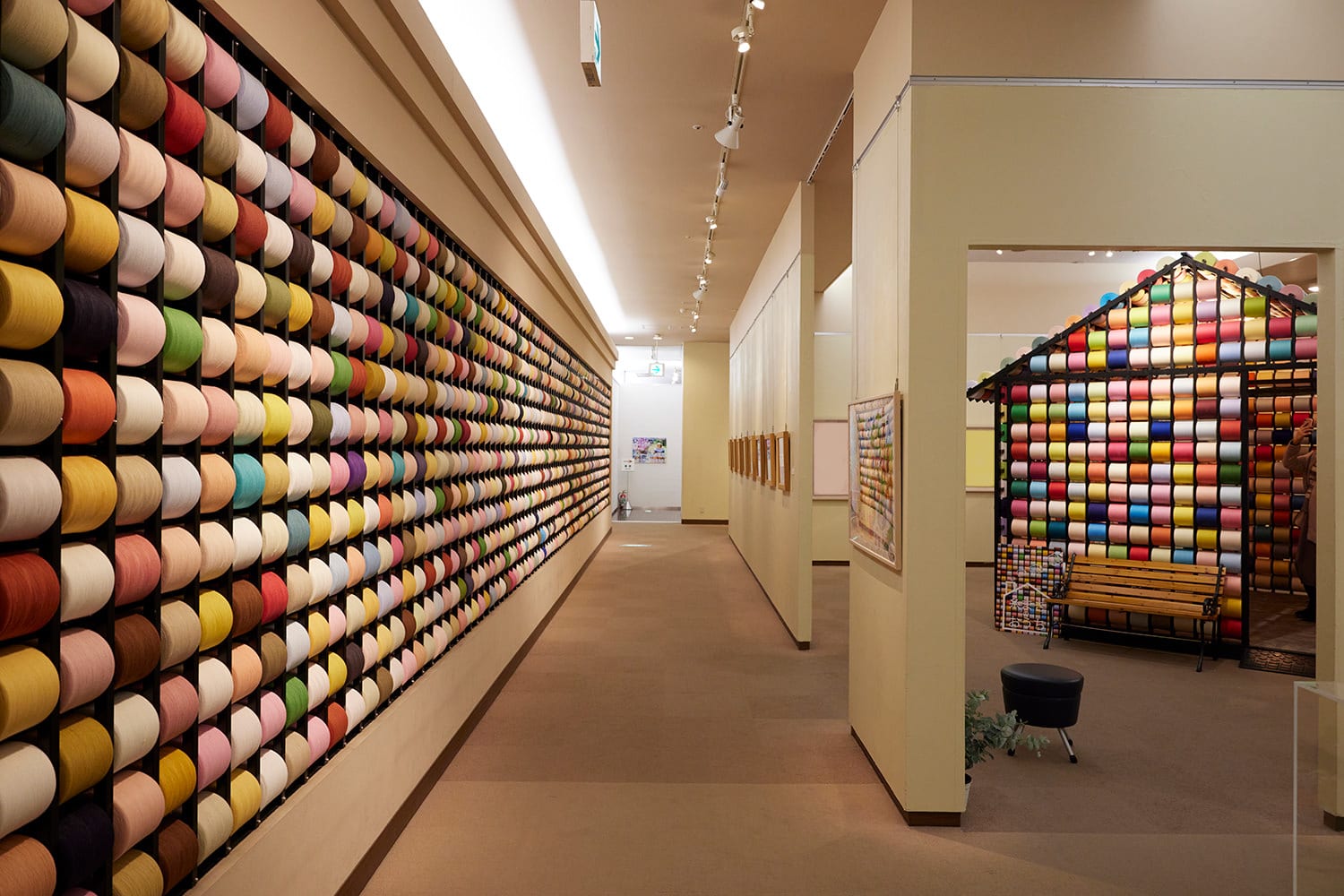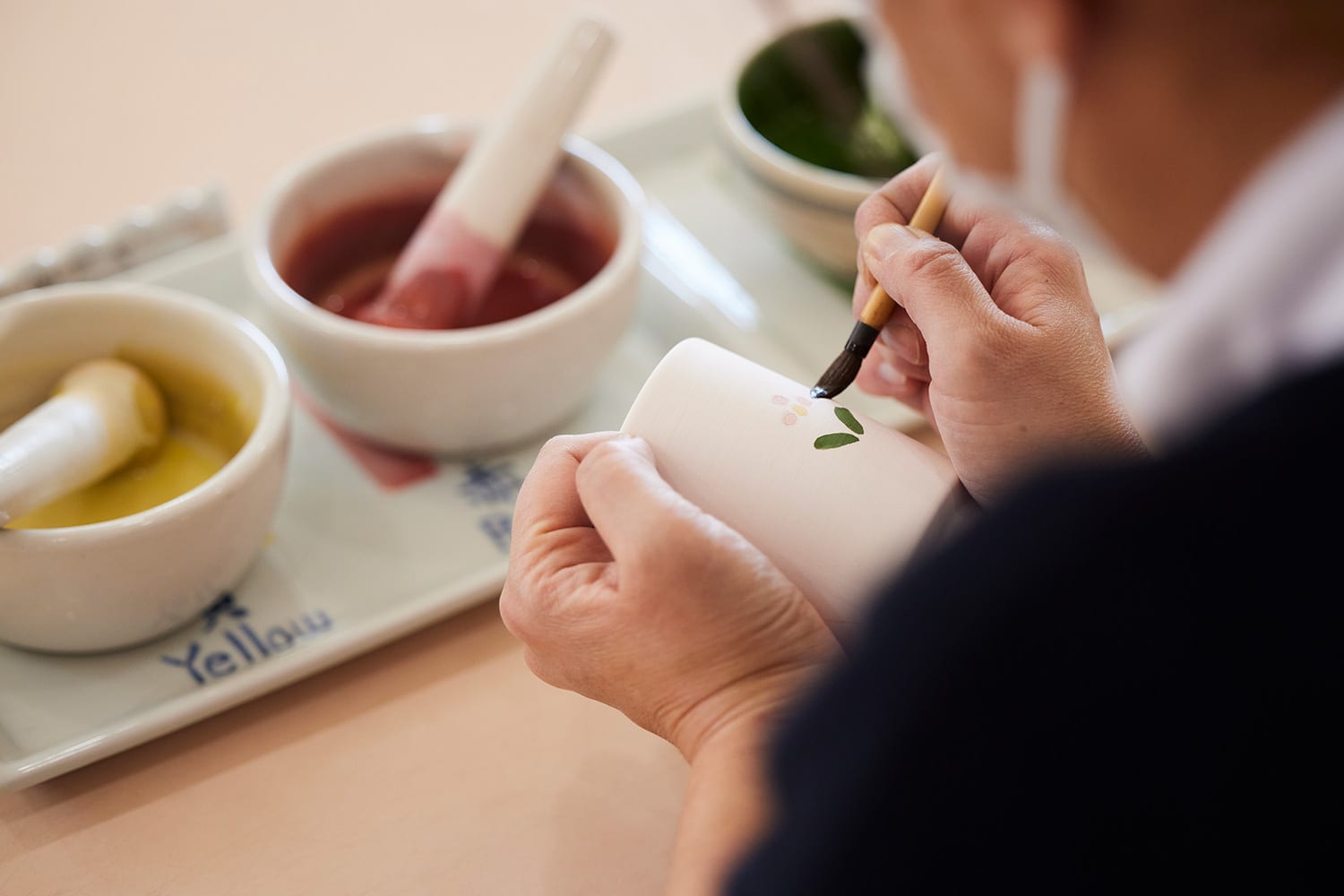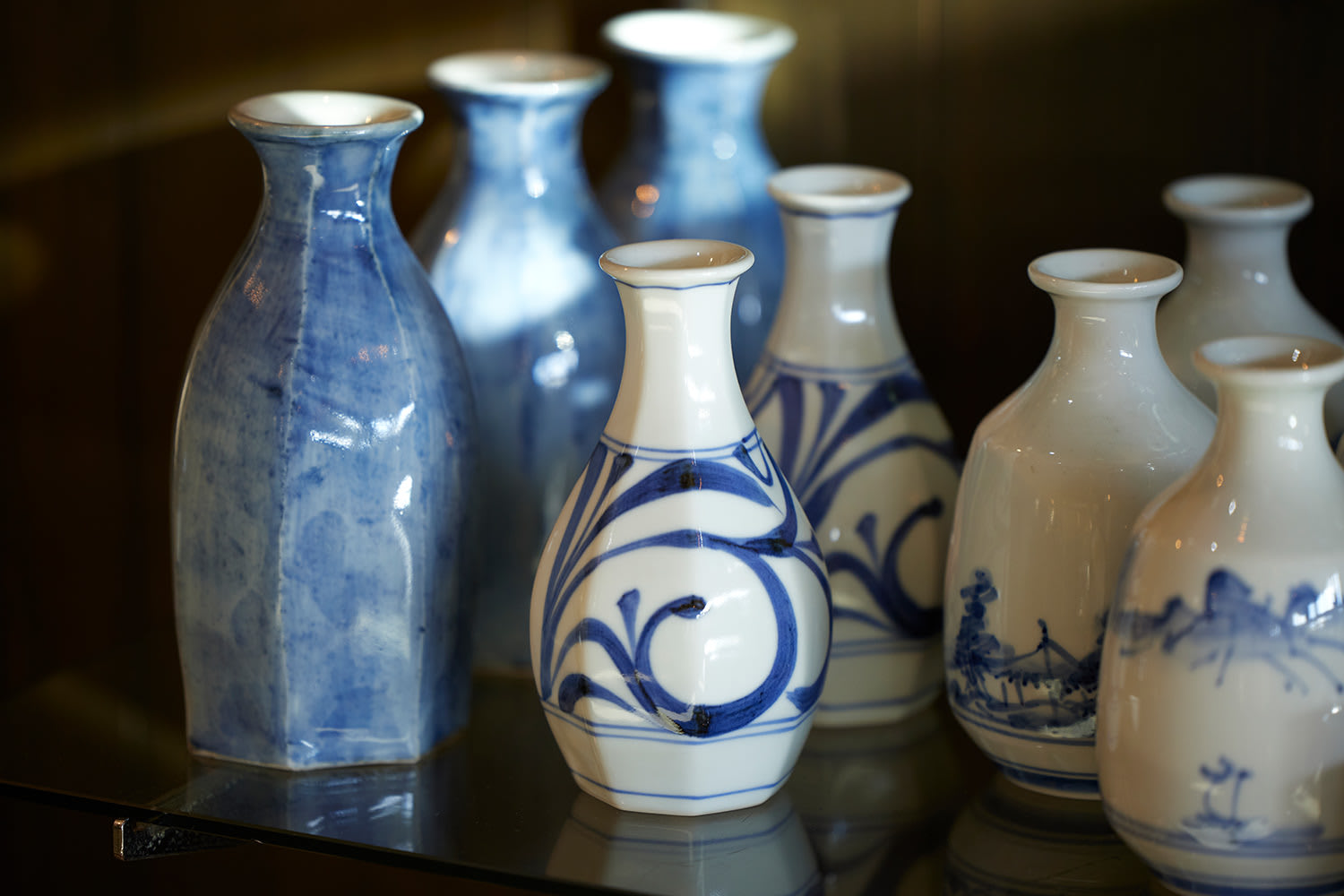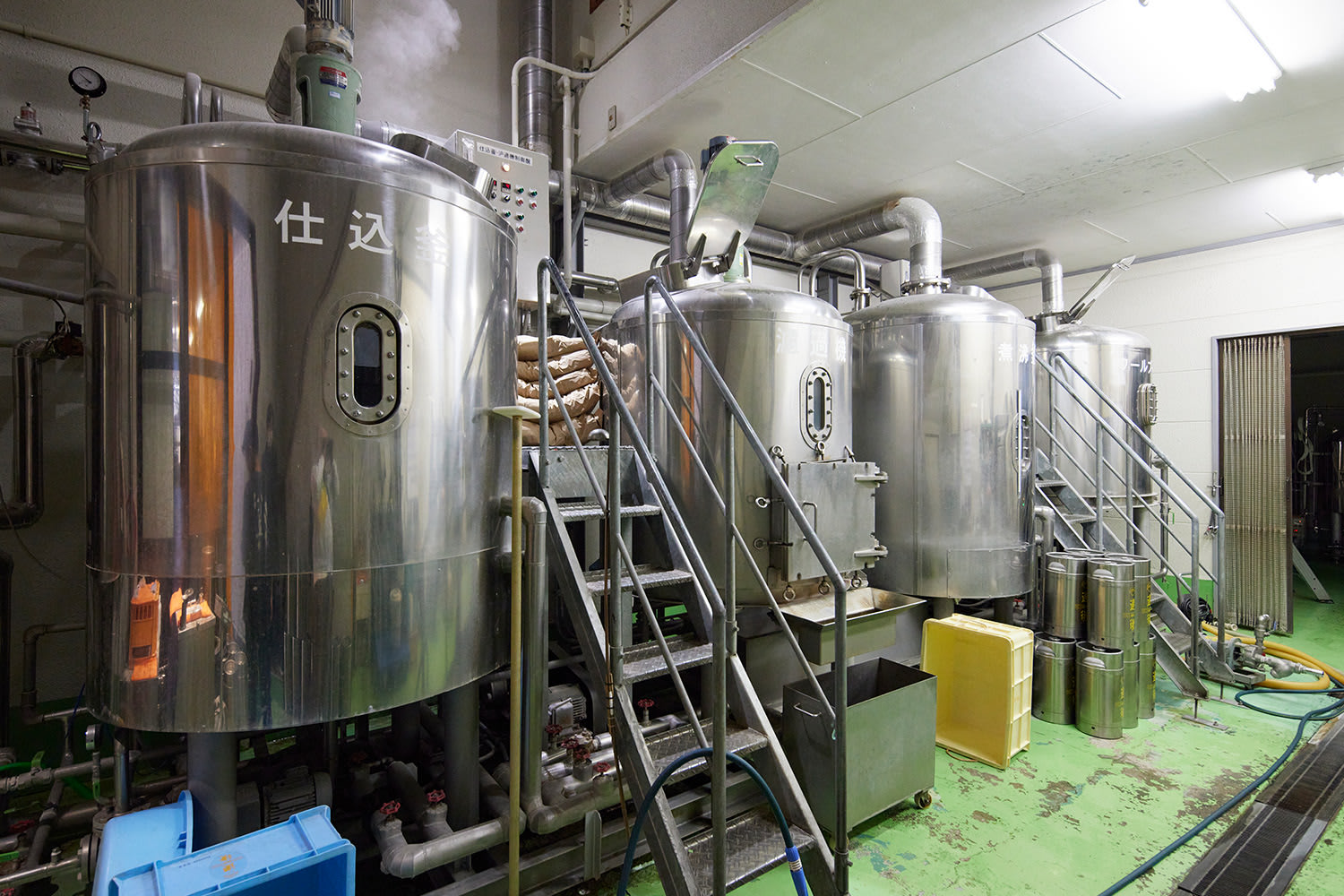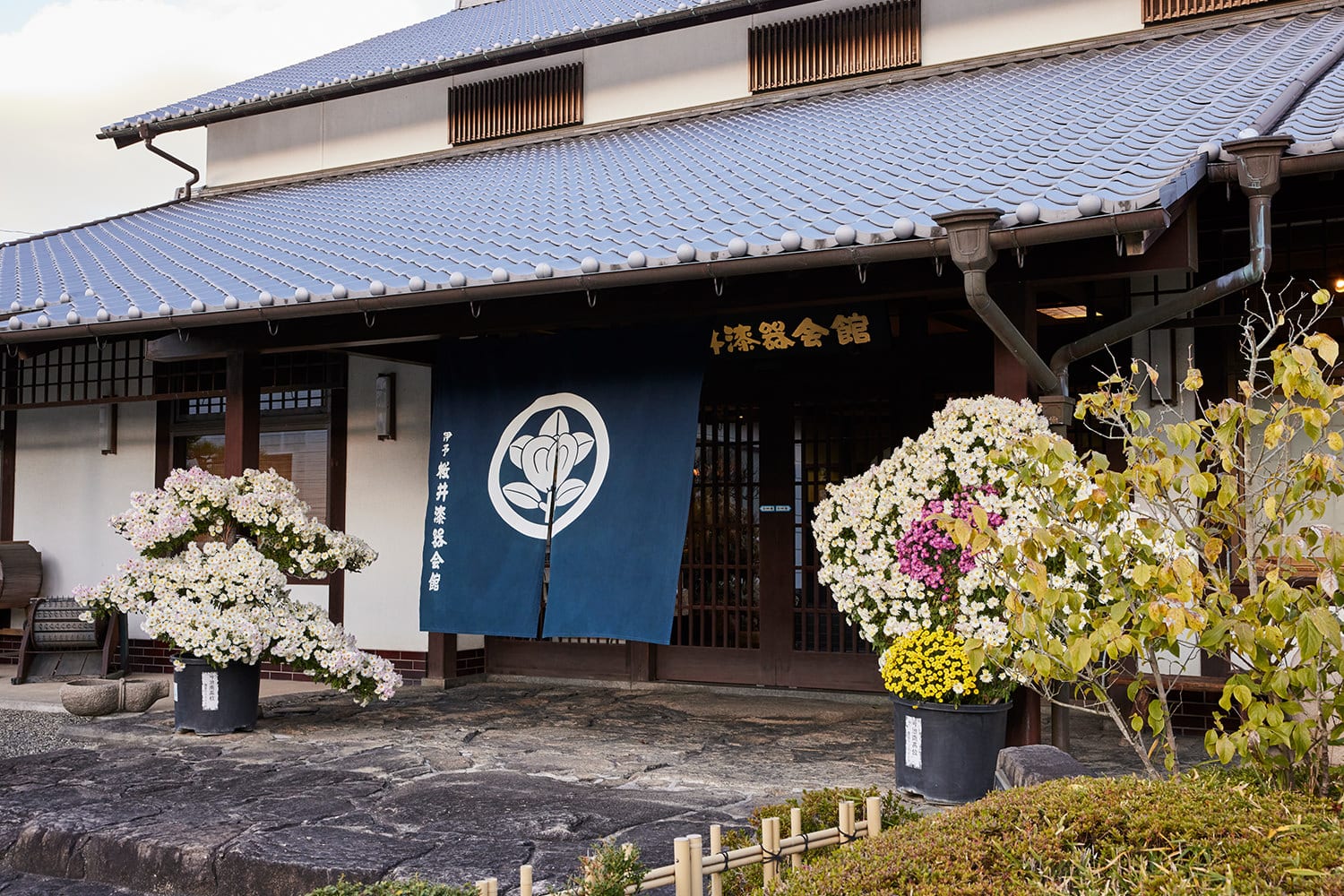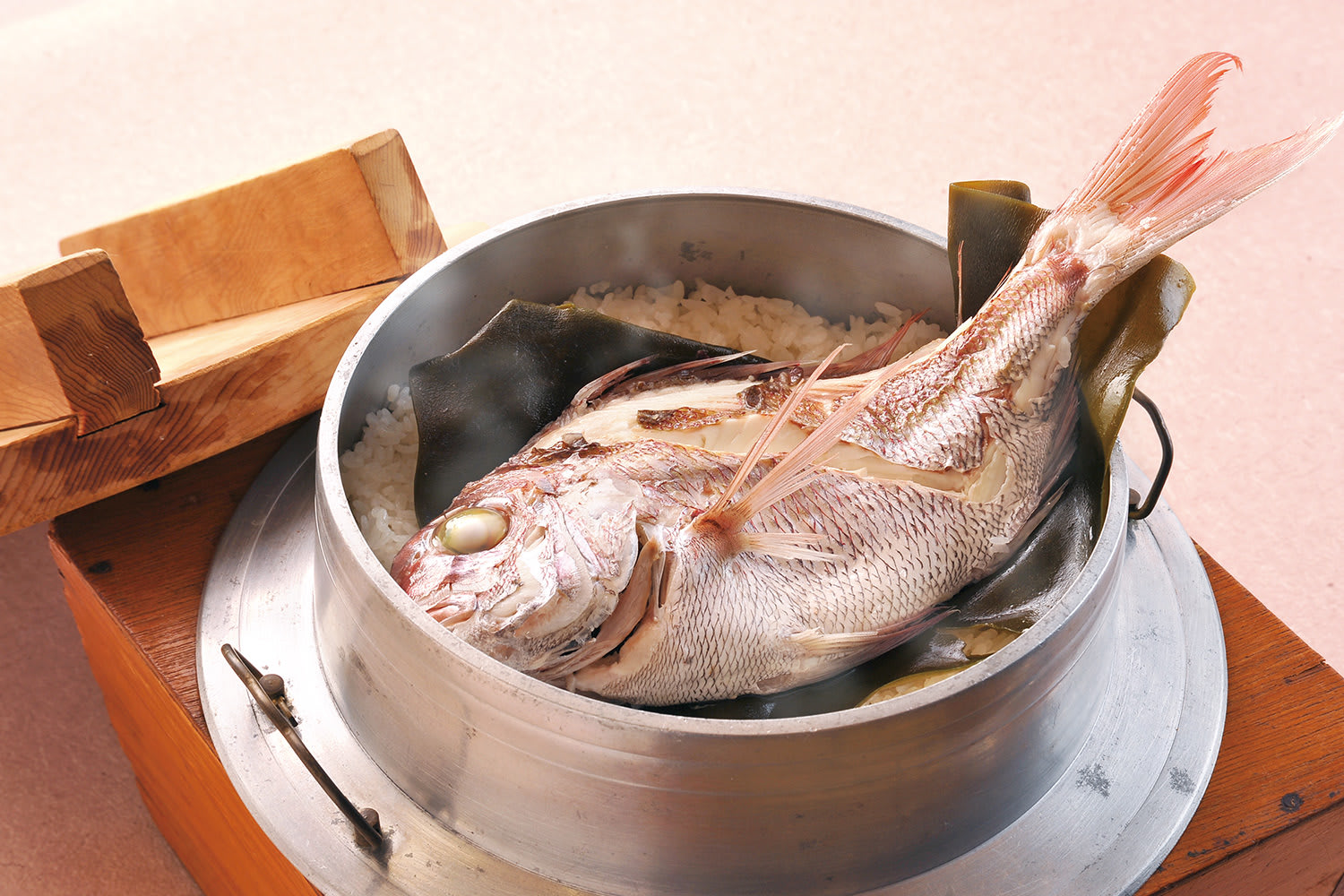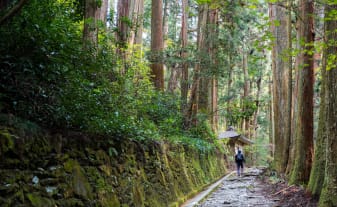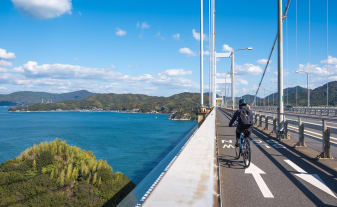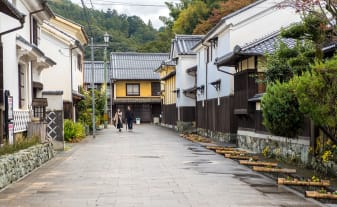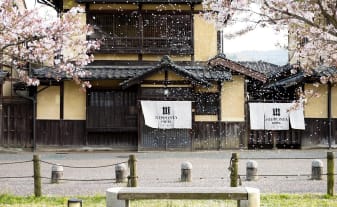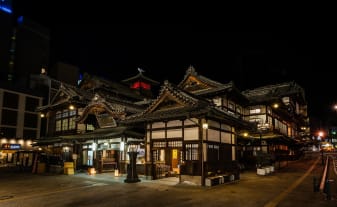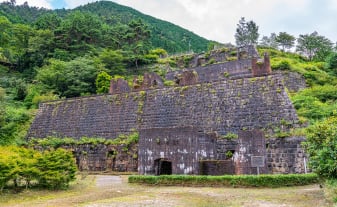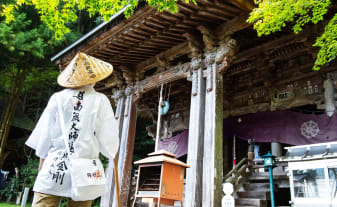 STORIES & GUIDES
STORIES & GUIDES
Exploring Ehime's Unique Offerings: What to Buy and Try

Ehime has a rich cultural heritage shaped by its mountainous terrain, lush forests, and strategic location on the Seto Inland Sea. As such, the prefecture has a diverse selection of foods to savor and souvenirs to bring home, ranging from traditional crafts to natural treasures and fresh produce.
-
Imabari towels: tradition woven with softness
Imabari, located in northeastern Ehime, is known for its high-quality cotton towels. Towels have been produced in the city for over 120 years, and there are almost 200 factories in the area specializing in different stages of the production process, from twisting and dyeing yarn to weaving. Imabari towels have become their own brand, and are available across Ehime, distinguished by their red, white, and blue logo. Explore a world of towels at the Towel Museum in Imabari, from exhibits of the production process to displays of towel art.
-
Mikan juice: freshness on tap
The mild climate and abundant sunny days along Ehime's coast provide an ideal environment for growing citrus fruits, particularly mikan (mandarin oranges). Ehime is a leading center for mikan cultivation, as well as other citrus fruits. Enjoy the refreshing taste of Ehime's mikan juice and try citrus jellies, sweets, and even ice cream. You might even find mikan juice flowing from special faucets around Matsuyama City. Mican Park is an orange juice factory and souvenir store where you can learn more about Ehime’s number one fruit and the prefectural mascot, Mican.
-
Tobe-yaki ceramics: artistry in indigo and white
Tobe-yaki, also known as Tobe Ware, showcases the artistry of Ehime's ceramic tradition. Production of earthenware in the region began as far back as the eighth century, and production of porcelain commenced in the eighteenth century. Tobe-yaki often refers to the porcelain wares, which is typically characterized by vivid indigo designs and a soft gray tint that comes from the iron content of the local porcelain stone. Explore the unique patterns and craftsmanship of Tobe ceramics at the Tobe-yaki Togeikan, and bring home a piece of functional art that represents the cultural heritage of the region.
-
Warosoku candles: history illuminated
Experience the glow of tradition in the town of Uchiko with warosoku, Japanese candles. Omori Warosoku is the last warosoku shop in Ehime and dates from the Edo period (1603–1867). Using techniques passed down over generations, the candles are handcrafted from plant-based wax derived from the nuts of the Japanese wax tree. The wicks are made from local reeds wrapped in washi paper, resulting in a largely smokeless, wind-resistant flame.
-
Ehime sake and beer: a spirited tradition
Sake and beer pair perfectly with the local seafood and produce. Sake has been made in Ehime for over 400 years, using fresh mountain water and locally grown rice. There are around 35 sake breweries in the prefecture, and many offer tours and tastings such as Yagi Shuzo in Imabari. More recently, craft beer breweries have opened across the prefecture, in major cities like Matsuyama and on small islands such as Omishima. Try prized brews only available locally, and take home a bottle or two to toast the memories of your Ehime trip.
-
Ehime lacquerware: artistry and innovation
Discover the art of Ehime lacquerware at the Iyo Sakurai Lacquer Ware Hall in the city of Imabari. Lacquerware has been made in the town of Sakurai for over 250 years, and it is said that artisans from Japan’s top lacquerware regions came to Sakurai, bringing advanced techniques and sharing their craft. Recent innovations include being the first lacquerware producing region to apply lacquer to glass. Each piece, whether glass or wood, is lacquered by hand, and products range from functional items like chopsticks and bento boxes to works of art.
-
Taimeshi: the delicate taste of the sea
With the riches of the Seto Inland Sea and Uwa Sea, Ehime has abundant seafood and record annual hauls of sea bream. The delicate pink flesh of this prized fish is popular as sashimi, and when cooked it has a soft texture and mild taste. Try taimeshi (sea bream on rice) prepared in Matsuyama- (cooked) or Uwajima- (raw) style. The Uwajima style is sometimes called "pirate food," as the sliced, marinated raw fish could be enjoyed by mariners at sea, without the need for a fire.
-
Mizuhiki: crafting connections with knots
Mizuhiki are traditional paper cords used for binding gifts for special occasions such as weddings and births. Shikokuchuo City is one of Japan’s main centers for the craft, and local artisans have, in recent years, turned their skills to making more contemporary items such as sculptures and home decorations. The Mimus brand specializes in mizuhiki products for gifts, homes, and even accessories such as earrings, fusing traditional techniques with modern designs.
-
Pearls: natural treasures from the Uwa Sea
Ehime is Japan’s largest producer of cultivated pearls. The delicate hues of the Akoya Pearls from the Uwa Sea are the result of the clean, nutrient-rich waters and cultivation techniques handed down over generations. Browse unique keepsakes made from the prized pearls at the Mon Pearl Shinju Kaikan.
-
Eastern Ehime (Toyo)
-
Art & Architecture
-
Food & Drink
-
Shopping
-
Souvenirs
-
Traditional Crafts
-
Cultural Heritage
-
Central Ehime (Chuyo)
-
Cultural Experiences
-
Southern Ehime (Nanyo)
